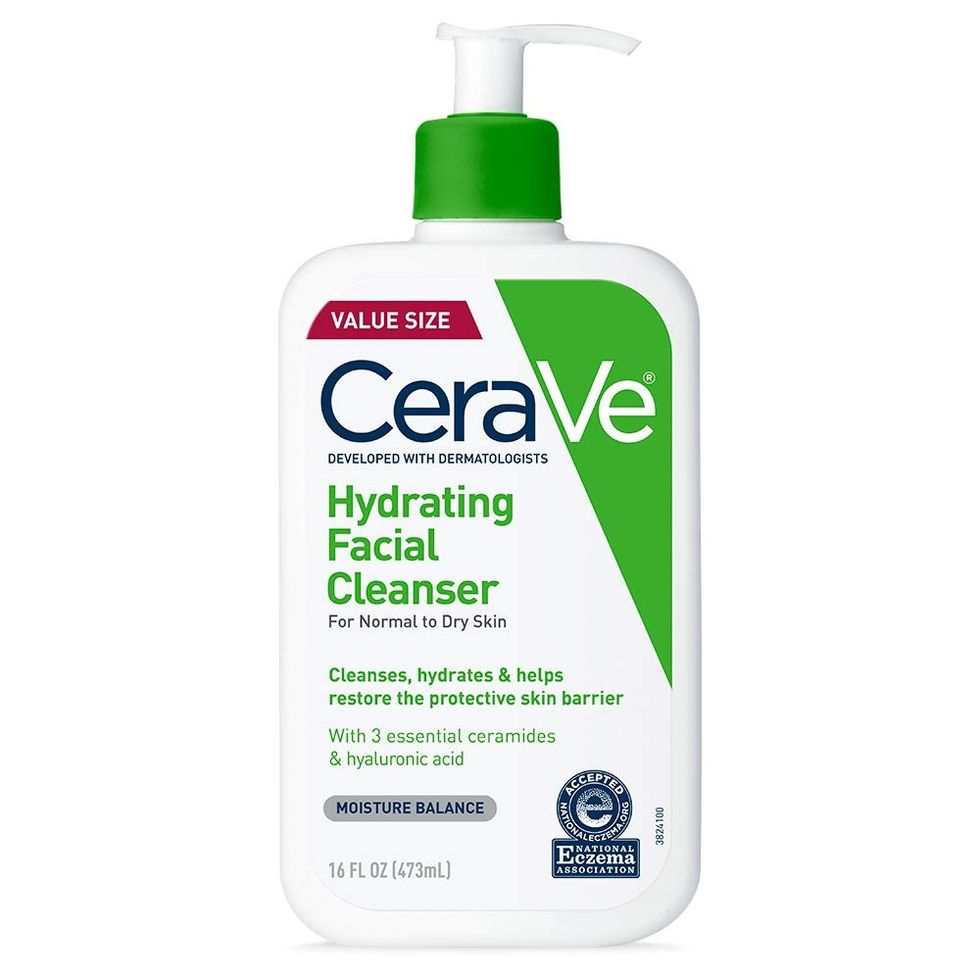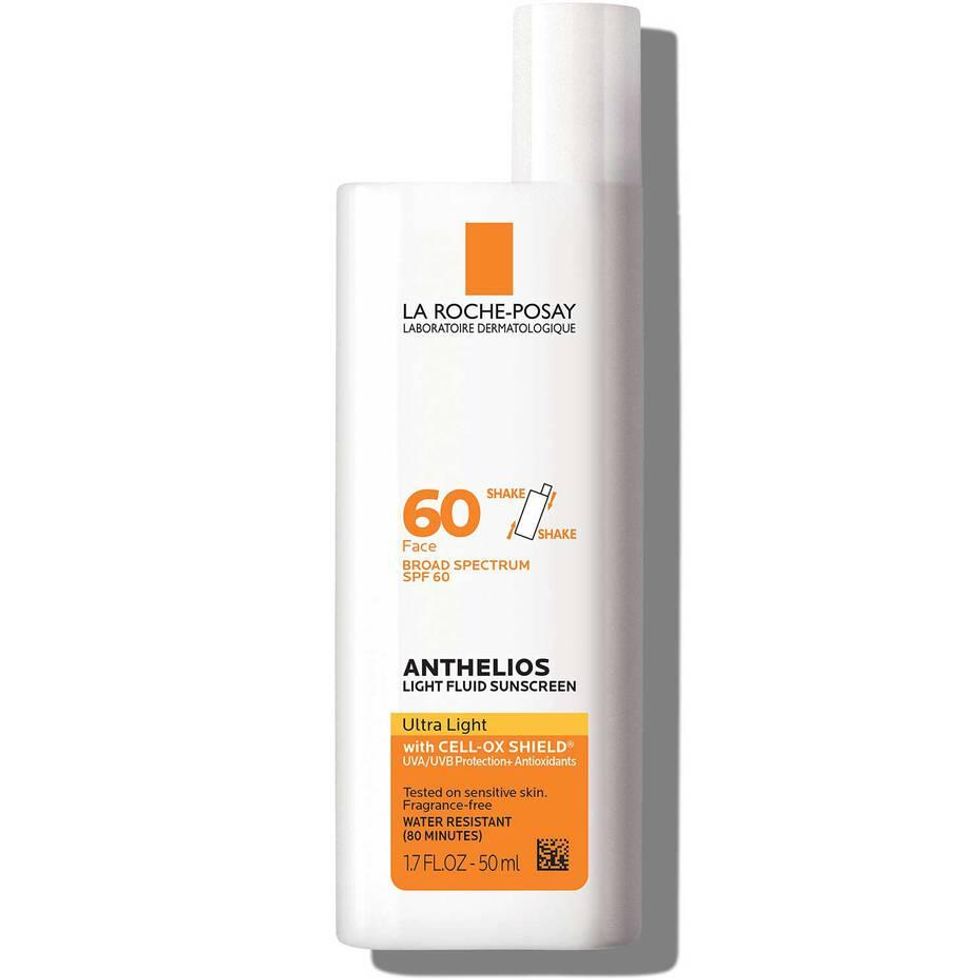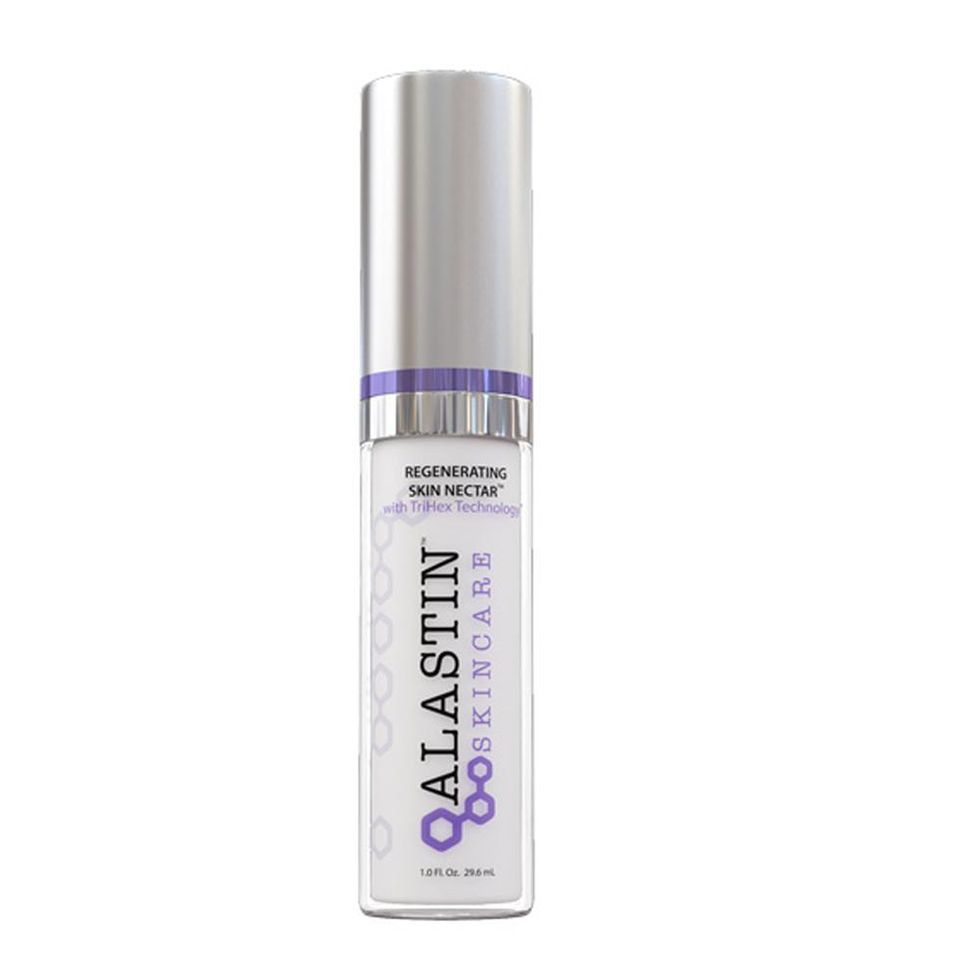I Got Zapped with a Laser, Then Covered My Face in Blood
All in the pursuit of born-again skin.

As a beauty editor, I’m lucky to have countless products make their way to my desk, but let’s be real—there’s only so much creams and serums can do for your skin. That’s why, every so often, I pay my dermatologist a visit to discuss if there are any new treatments I should consider. And this time, the treatment in question was a unique combination: a pico laser and a “vampire facial” (a.k.a. PRP or PRF).
A bit of background on my skin: I have acne-prone, dry-to-combination skin, and I’m always looking for a nice glow. I don’t want to try anything extreme on my face, so this treatment pairing was ideal—most lasers offer a happy medium between skin rejuvenation with little downtime and can help target acne scars and pigmentation.
What is a Pico laser?
Picosecond, or just Pico laser, is a non-ablative, non-thermal laser that helps with general skin rejuvenation and minimizes pigmentation by sending ultra-short pulses of energy to a specific area without damaging the surrounding tissue.
“Pico lasers were originally developed for tattoo removal,” cosmetic dermatologistDr. Paul Jarrod Frank ofPFRANKMD explains, but they’re now used to get rid of sun spots, pigmentation, and general skin rejuvenation, with minimal downtime, he says. Thanks to the picosecond pulse, the laser can specifically target acne scars, dark spots, and fine lines, adds Dr. Frank.
Who can and can’t get a Pico laser?
The experts agree that pico laser is one of the few lasers that can be used safely on deeper skin tones. Because it’s a non-thermal laser, it won’t interact with the melanin in the skin unlike other lasers that can cause pigmentation and aggravate melasma. As Dr. Frank notes, pico lasers can be used as a treatment for melasma.
Although this laser offers some collagen rejuvenation, don’t expect it to target deep wrinkles as effectively as other lasers, says Dr. Frank. “As long as there aren’t specific concerns regarding patient medical history, medications, etc, picosecond lasers are potentially good for everybody,” saysDr. Jeremy Brauer, board-certified dermatologist and founder ofSpectrum Skin and Laser.
@fani_breakeven Pico laser & PRF!! Before - during - after @Laser Touch Athens #picolaser #picolasertreatment #picosecondlaser #picosecond #prp #prptreatment #prftreatment #lasertreatment #lasertreatments #lasers ♬ Chill Vibes - Febri Handika
What is PRF?
PRP stands for platelet-rich plasma and is often referred to as “vampire facial,” where your blood is used in the face treatment. PRF is platelet-rich-fibrin, and similar to PRP, but the difference is in how the blood is processed. “PRF is a slightly more advanced form, where the platelets and the growth factors are bound in a fibrin matrix that supposedly slows the distribution of the growth factors,” says Dr. Frank.
“People with underlying, undiagnosed conditions that may be contributing to hair loss; or untreated infections, should not get PRP or PRF injections,” explains Dr. Brauer. PRP and PRF can be used a few different ways, from being rubbed onto the skin, microneedled, or injected. “It does have limited trauma, but it also has limited efficacy, so often, it's going to be best used in combination,” says Dr. Frank.
Why pair PRF with a Pico laser?
Well, there are benefits to this combination: “[PRF] has the potential to revitalize the skin by stimulating collagen and elastin fibers, improving fine lines, wrinkles, sun damage, acne scars, and discoloration,” explains Dr. Brauer. Basically, pairing a PRF treatment with a Pico laser gives an extra boost to the end results than if one did each treatment individually.

During the laser treatment.
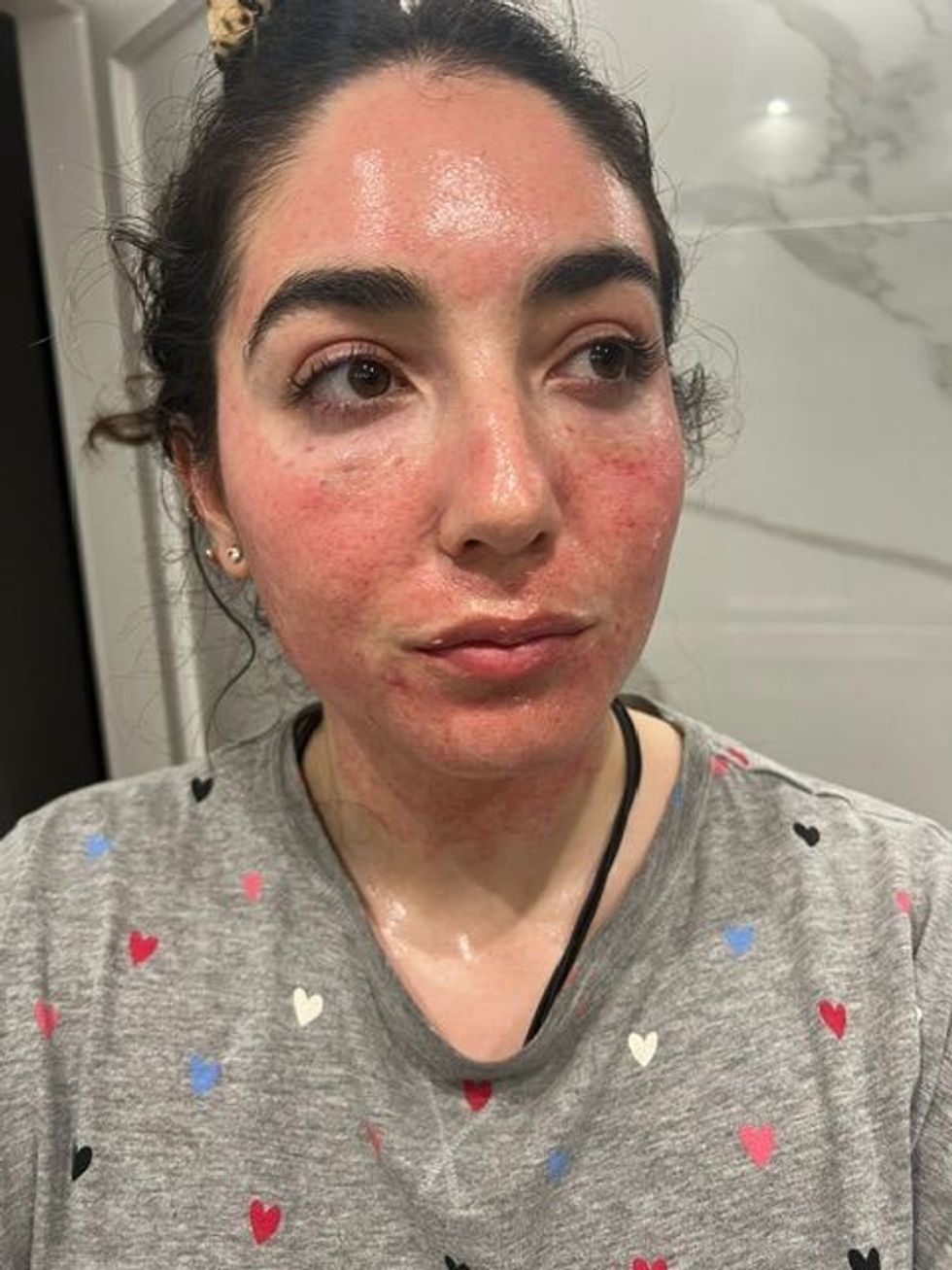
Right after the laser treatment.
My Experience
First, my dermatologist layered numbing cream onto my skin. After one hour, my skin was cleansed with a disinfectant product, then the process really began. My derm then went over my entire face with the laser, before upping the intensity a little bit and taking a second pass. At that point, I started bleeding a little bit, but my derm told me it was a great sign—my skin was reacting well to the laser.
While this was happening, blood was being drawn from my arm then inserted into a special machine that separates the blood from the plasma. My derm then applied the plasma, which contains high concentration of fibrin and growth factors, to my skin topically and injected some of it under my eyes. The under eyes are quite sensitive and I could feel the needle. Unfortunately, there was also some bruising, which can happen any time the needle goes through a blood vessel. It’s not something that can be avoided sadly, but you can use arnica cream to speed up the healing.
Post-laser, I felt a burning and itchy sensation on my skin, similar to that of a bad sunburn, which is pretty standard with how I’ve felt after other lasers I’ve gotten in the past. My doctor applied a soothing mask and the Bioderma Cicabio Healing cream after the treatment to comfort my skin.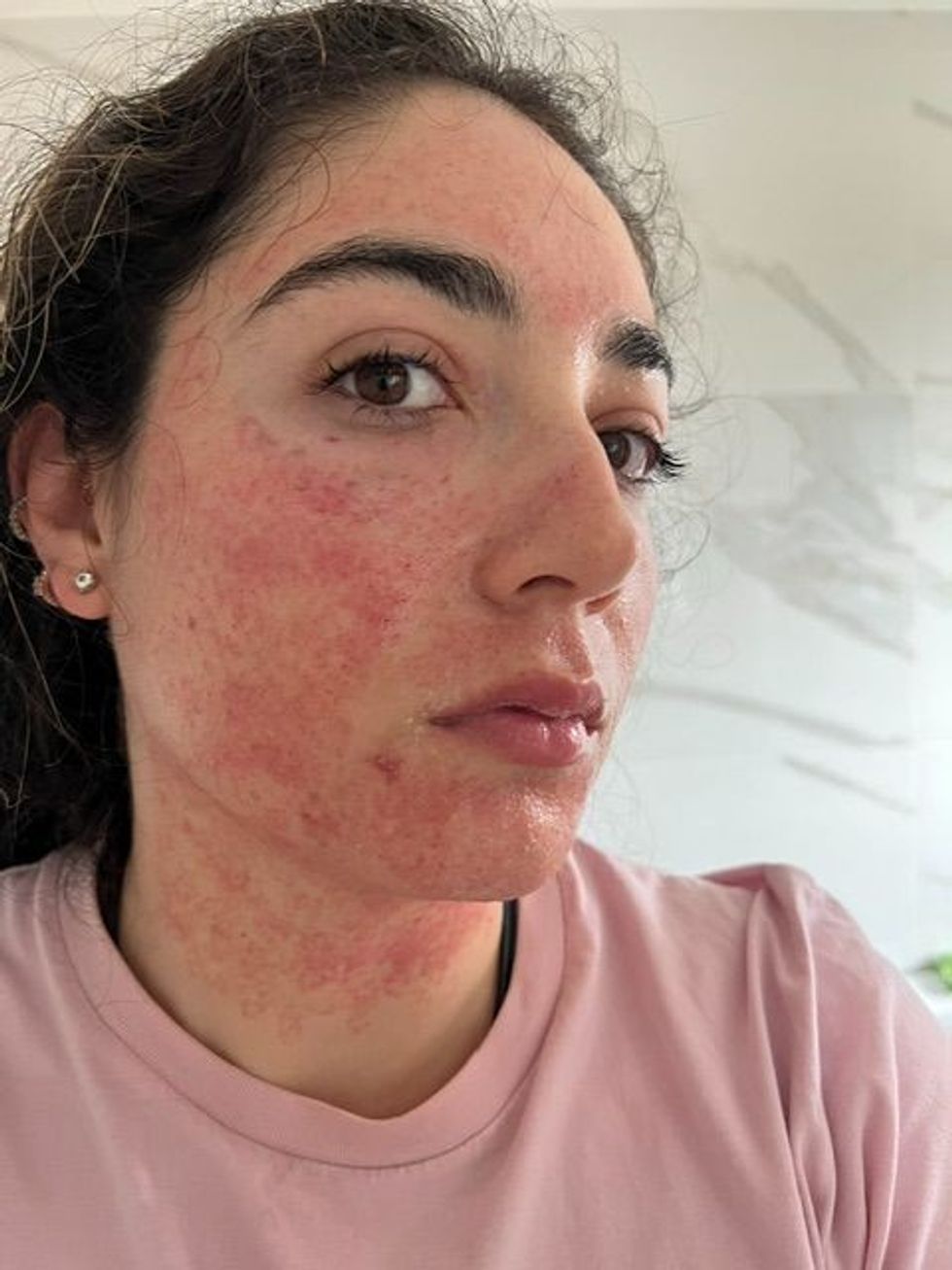
L-R: Day 1 of recovery, Day 3, Day 6.
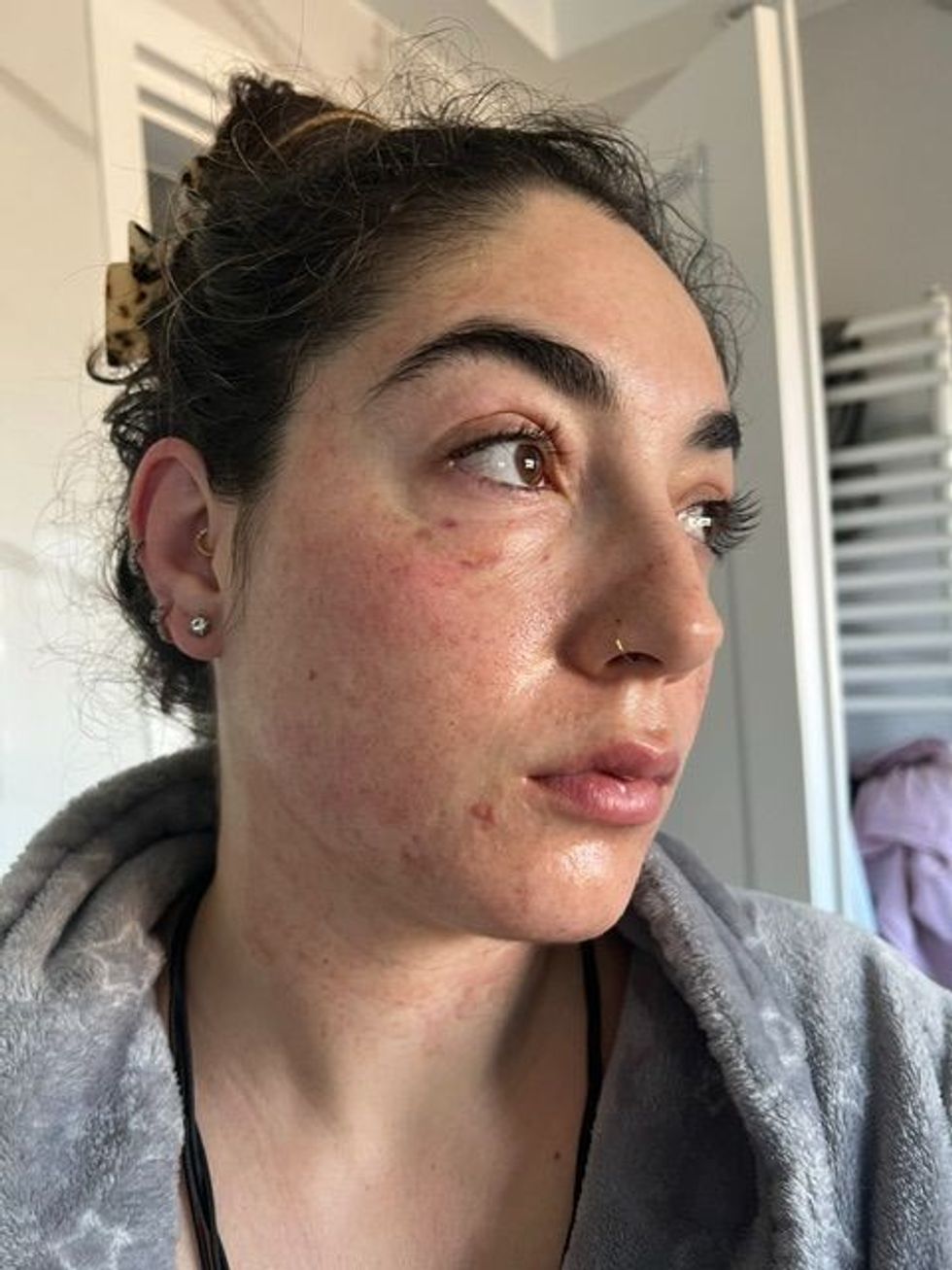
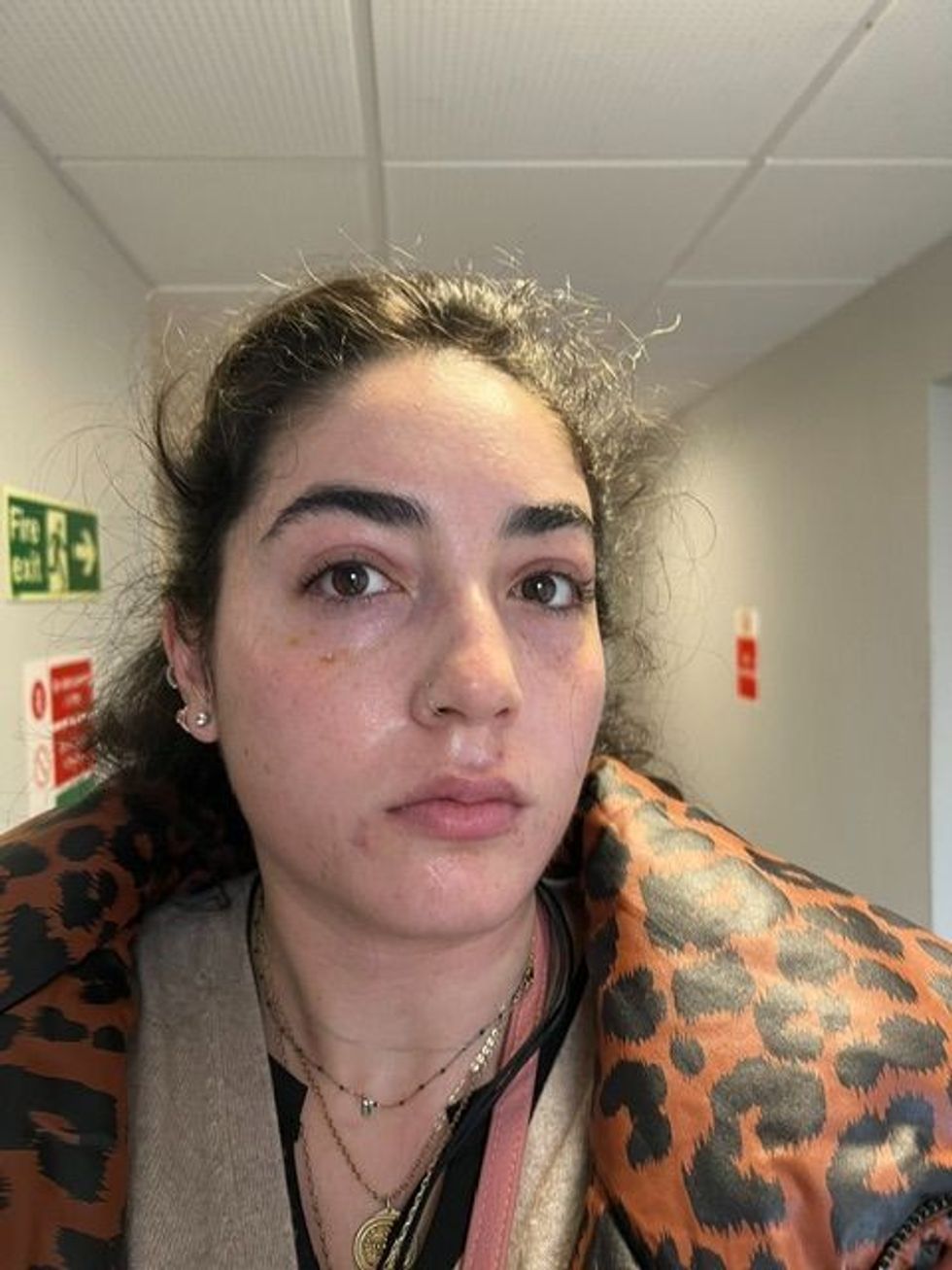
“After the treatment it is even more important to protect yourself from the sun with broad spectrum UVA/UVB sunscreen and clothing. Don’t use exfoliants or other harsh products on your skin for at least a few days to a week and hydrate the skin after treatment,” says Dr. Brauer. He also adds that redness and swelling are super normal after a treatment like this—you can apply a cold compress or take an over-the-counter pain medication like acetaminophen.
My recovery process took about five days. The first few days my skin was dry and patchy. I wasn’t in pain but the itchiness was intense. At night, I used a warm chamomile compress—one of my favorite old school tricks—which helped momentarily. But in all honesty, all I could do was wait for the itching to stop.
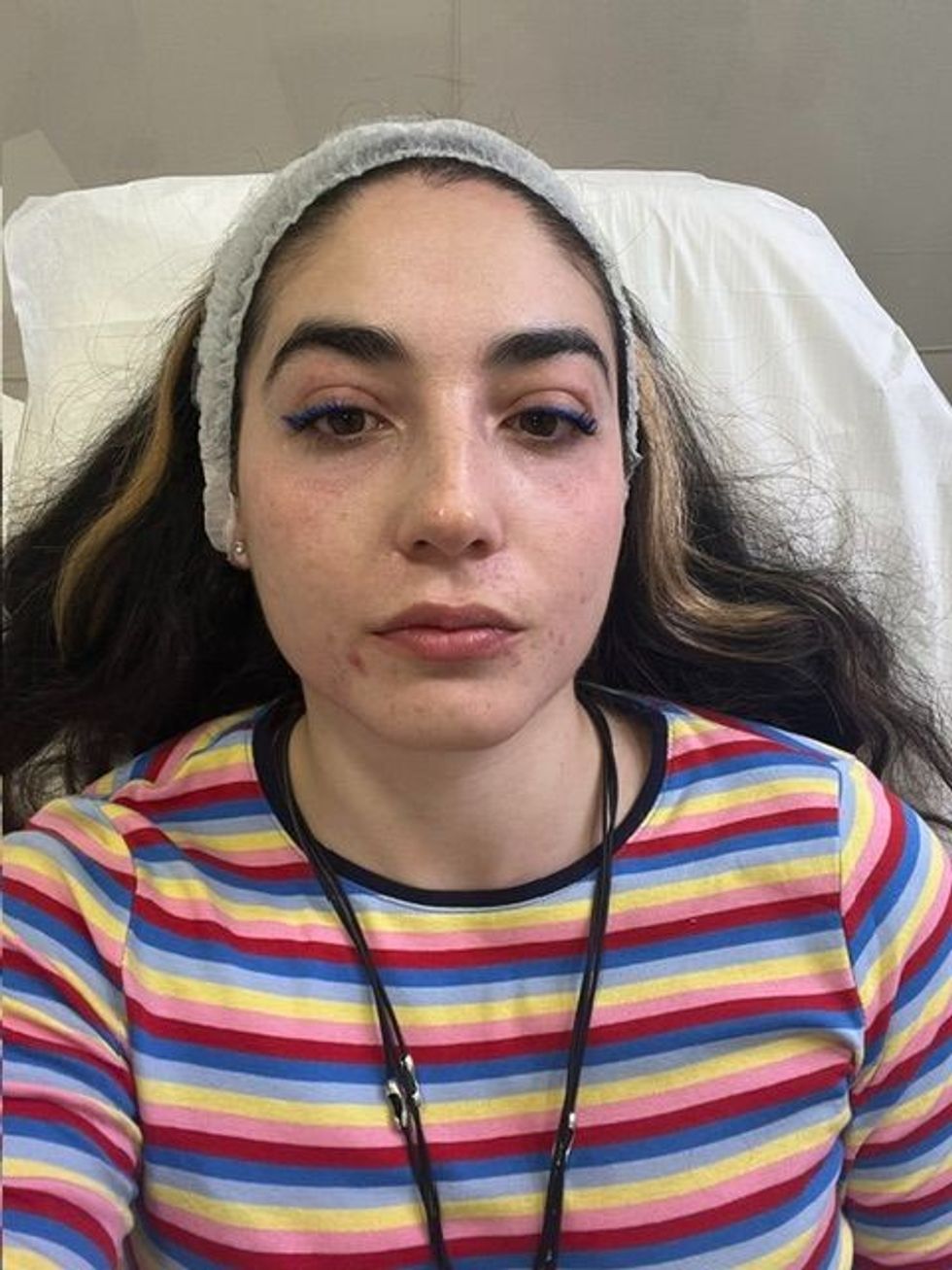
Before the treatment.
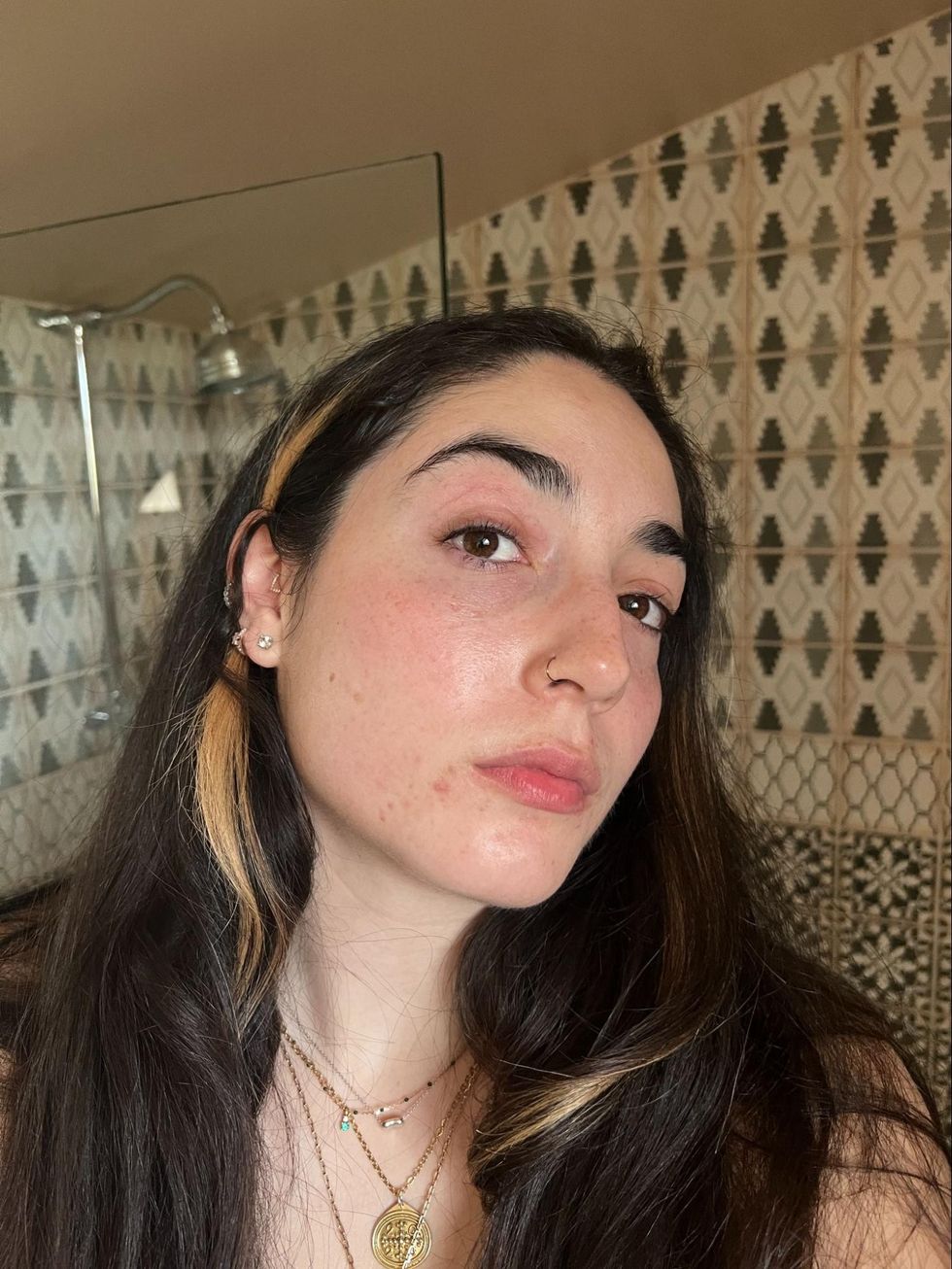
10 days after the treatment.
By the time day five came around, I had still had some redness, but the dry patches were gone and my skin was mostly healed. The under eye bruises were still there, but I was able to cover them up with some concealer. I'm very happy with this treatment and would consider repeating it in future. Some of my discoloration and acne scars decreased but didn't completely disappear. My dermatologist recommended two to four treatments for acne scars, with a four-week break in between. After day 10, the results are really obvious—I was glowing.
